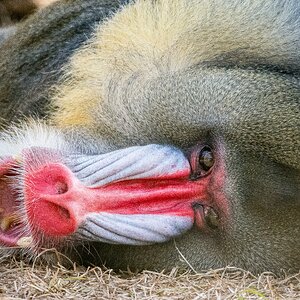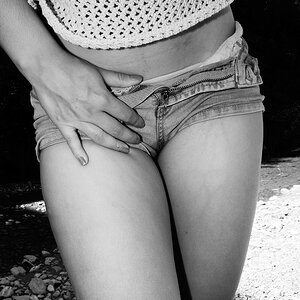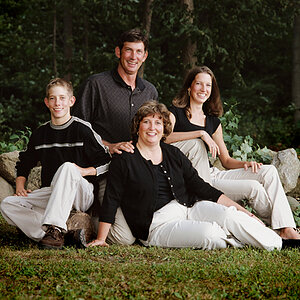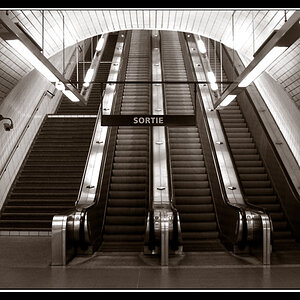- Joined
- Mar 29, 2016
- Messages
- 14,859
- Reaction score
- 8,315
- Can others edit my Photos
- Photos NOT OK to edit
Originally most noise reduction worked primarily with Fixed Pattern. As AI has evolved its more of case of looking at the whole image and filling in a best guess based on the whole image.Which types does Denoise software try to remove?
Adobe has taken that approach with Generative Fill. In previous versions Adaptive Fill would look at a small margin of pixels around a selection, and attempted to fill the selection. It often ended in a mess. In the new Generative Fill, it looks at the whole image and fills the selection based on the whole image. IE: you remove something in front of a chain link fence. Adaptive Fill couldn't fill in the selection properly, but Generative Fill sees the fence and assume there is a fence behind the object removed.
Amazing technology but just like the noise....why not eliminate the problem before you take the shot?
I've found LR sufficient for any noise reduction I need. Because I try to standardize my shooting, it only takes a couple mins to apply noise reduction to the first image in a set, then hit sync to apply it to however many images are in the set.
Last edited:



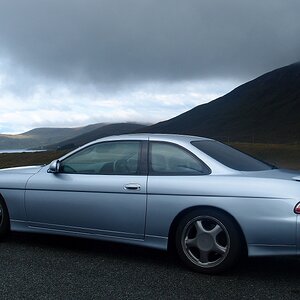
![[No title]](/data/xfmg/thumbnail/35/35927-3dea4a63711f7a2bbdbb2abd760fcc04.jpg?1619737232)

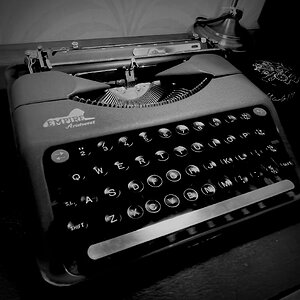
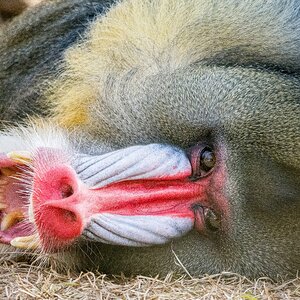
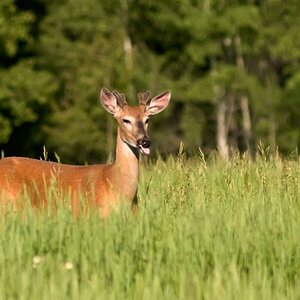
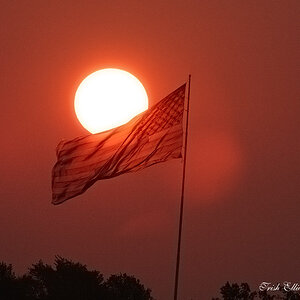
![[No title]](/data/xfmg/thumbnail/32/32639-1358bee897449f9a4a38676097b475d5.jpg?1619735555)
